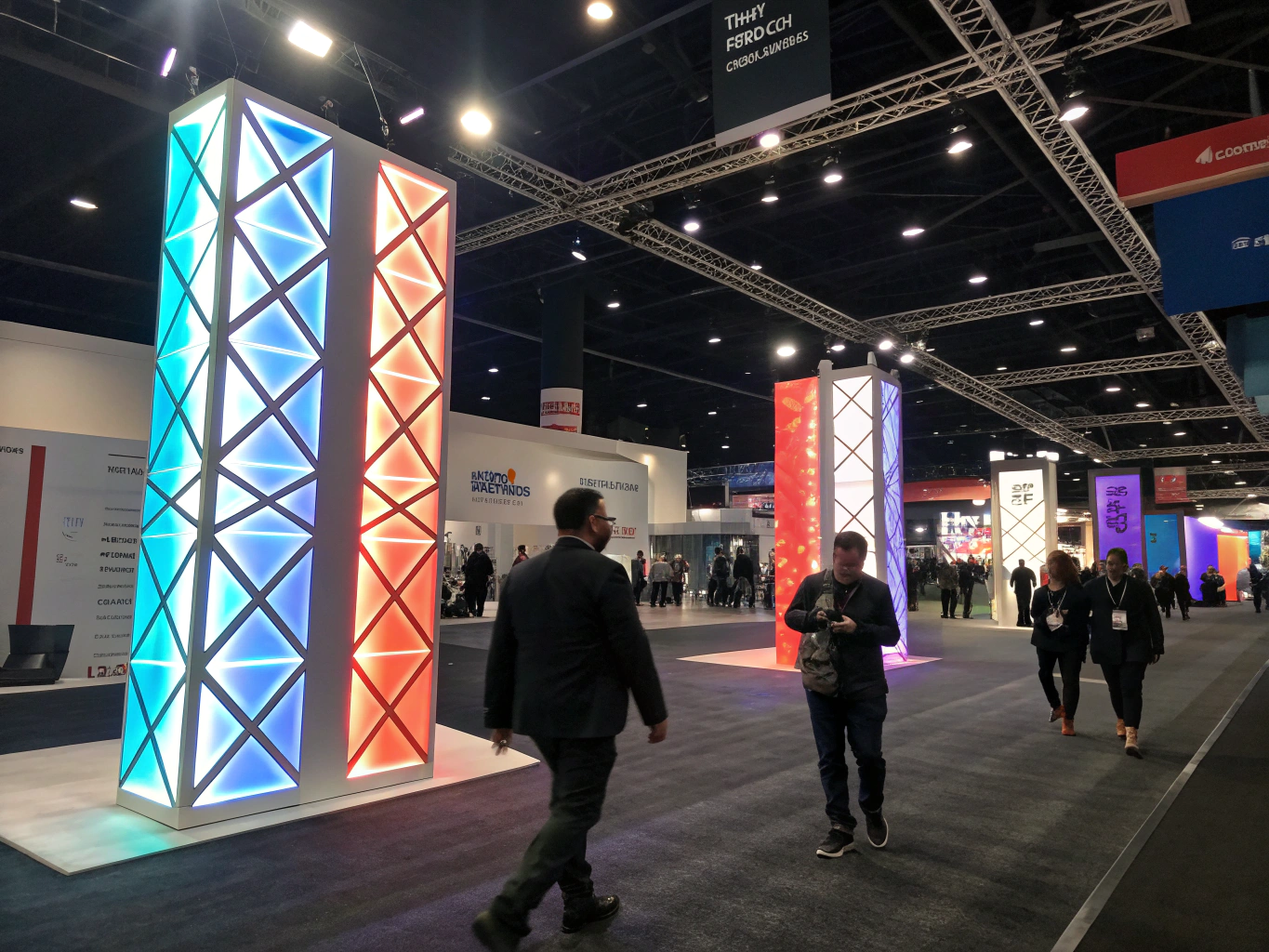The Art and Science of the Fountain Pen Nib
For centuries, writing instruments have evolved from simple quills to sophisticated fountain pens that combine artistry with precision. At the heart of every fountain pen is the nib of fountain pen, a tiny yet essential component that determines writing comfort, line quality, and overall performance. Understanding the nuances of the nib can significantly enhance your writing experience and appreciation for this timeless tool.
What Is a Fountain Pen Nib?
The nib is the metal tip of a fountain pen that directly contacts the paper, delivering ink smoothly and consistently. Typically crafted from metals like gold, steel, or sometimes other alloys, the nib’s design and material influence how ink flows and how the pen feels during use. It acts as the interface between the ink reservoir and the paper, making its quality and craftsmanship crucial for a satisfying writing experience.
Components and Design of a Nib
The Tip or Point
The very tip of the nib is responsible for the line width and ink flow. It can be a fine point for detailed work or broader for expressive strokes. The tip’s shape and material determine how smoothly the pen glides across paper and how much ink is deposited.
The Tine
The two prongs extending from the tip, called tines, work together to control ink flow. Proper alignment and flexibility in the tines allow for varied line widths and expressive writing styles, especially in fountain pens designed for calligraphy or artistic use.
The Breather Hole
A small hole near the tip, known as the breather hole, helps balance ink flow and prevents the nib from splitting under pressure. It also assists in regulating ink delivery, ensuring a smooth writing experience without skips or blots.
The Feed
Though not part of the nib itself, the feed is a crucial component that supplies ink from the reservoir to the nib through capillary action. The interaction between the feed and nib determines the consistency and flow of ink.
Material Matters: Gold, Steel, and More
The choice of material for the nib greatly affects its flexibility, durability, and writing feel:
- Gold Nibs: Known for their suppleness and elegance, gold nibs (usually 14k or 18k) offer a smooth writing experience and some degree of flexibility, allowing for line variation. They are also highly resistant to corrosion and wear.
- Steel Nibs: More affordable and durable, steel nibs are stiff and provide a consistent line. They are ideal for everyday writing and beginners.
- Other Alloys: Less common, but sometimes specialty alloys are used for specific performance characteristics or aesthetic appeal.
Choosing the Right Nib
Size and Flexibility
Nibs come in various sizes, from extra-fine to broad, catering to different writing styles and paper types. Flexibility varies as well; some nibs are designed to bend and create expressive lines, while others are stiffer for precise, uniform script.
Writing Style and Purpose
Consider your intended use when selecting a nib. Artists and calligraphers may prefer flexible, broad nibs for expressive strokes, whereas students and professionals might opt for fine or medium nibs for clarity and neatness.
Maintaining Your Nib
Proper care ensures your nib remains functional and beautiful over time. Regular cleaning with water or a specialized cleaning solution removes ink residues. Avoid pressing too hard during writing to prevent damage or misalignment of the tines. When not in use, store your pen carefully to prevent corrosion and physical damage.
Conclusion
The nib of fountain pen embodies a blend of craftsmanship, material science, and artistic design. Its role in delivering ink smoothly and enhancing the writing experience makes it a focal point for enthusiasts and newcomers alike. By understanding the components and choosing the right nib for your needs, you can elevate your writing to a new level of elegance and expressiveness.


